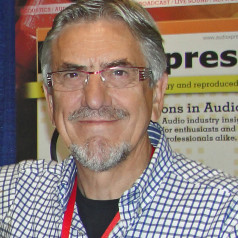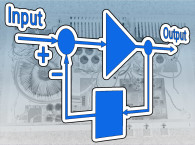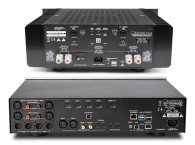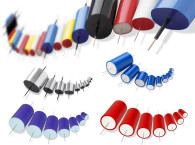There are many aspects of negative feedback in audio that are the subject of continued discussion. We’ve previously examined a few of those (see my article here); in this installment I’d like to address re-entrant distortion.
The idea is that, since negative feedback sends some of the distorted output signal back to the input, this already-distorted signal would only get more distorted by going through the nonlinear amplifier, over and over again. As an example, say that amp has 2nd harmonic distortion, sending that again through the amplifier would generate 2nd harmonic from the original second harmonic which is the 4th harmonic of the fundamental. So you’d get distortions-of-distortions, greatly increasing the number of spectral components in the signal. But, as so often, it’s more subtle.

Much of the current dispute can be traced back to an article by the great Peter Baxandall [1] which contained Figure 1. In 1978, Baxandall noted that negative feedback around strong nonlinearities creates distortion components that weren't previously there. In his Figure 1 measurements, the feedback increases along the X-axis, from right to left. The curves show, from top to bottom, the fundamental and the harmonics levels, and you see that initially the 3rd and higher harmonics increase in level with increasing feedback. Only when you get past a certain point, say 15dB negative feedback, do the harmonics decrease monotonically to a low level with high feedback. So, based on this, the conclusion would be: if you use feedback, use lots of it, stay away from ‘moderate’ feedback [2].

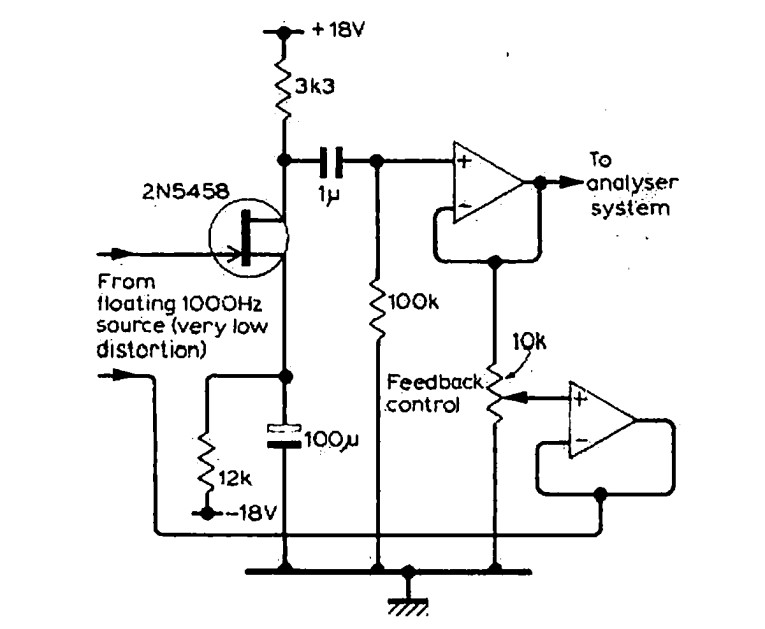
But let us look at a more common situation where we would have a complete amplifier that would not be so strongly nonlinear to begin with, and would have lower harmonic components. Let’s see what we get when we wrap feedback around it. Bob Cordell has done exactly that for us, and his results are documented in Figure 3, below. He uses the term ‘spectral growth distortion’. [3].
Here the feedback increases from left to right. It is clear that in this situation, any increase in feedback decreases the distortion, starting at 0dB feedback. There are some wrinkles in some of the curves, but the trend is clear. Again, for lowest distortion, use as much feedback as you can get away with, stability-wise.

The Verdict
Re-entrant or spectral growth distortion does exist, but it only manifests itself with low feedback factors in very nonlinear circuits. Its effect is absent in all but the most non-linear amplifiers, and even in those cases it can be negated by using sufficient negative feedback. The worst thing you can do is take, say, a tube amplifier with 5% distortion and wrap 10dB of feedback around it. Chances are it will not sound very good.
Comments and contributions always welcome. Email me here.
References
[1] P. J. Baxandall, "Audio Power Amplifier Design," Wireless World, December 1978, Part 5, Negative feedback and non-linear distortion.
[2] B. Putzeys, "The F-word, or, why there is no such thing as too much feedback," Linear Audio Volume 1, 2011, https://linearaudio.net/sites/linearaudio.net/files/volume1bp.pdf
[3] B. Cordell, Designing Audio Power Amplifiers, Routledge, ISBN 1138555444, 2nd Ed. Figure 24.5, page 504. www.cordellaudio.com/
This article was originally published in The Audio Voice newsletter, (#437), September 14, 2023.


